- In addition to protecting habitat, Tompkins and her team are reintroducing megafauna – from giant anteaters to jaguars – back into Iberá National Park.
- Tompkins calls climate change a ‘disaster’ and ‘horrifying,’ says the signs are obvious in South America.
- She continues to preserve land in Chile and Argentina after losing her husband and conservation partner, Doug Tompkins, in 2015.
It’s difficult to formulate a description of someone like Kristine Tompkins. A pioneer in the outdoor industry during her time as CEO of Patagonia and one of the preeminent conservationists of the last 30 years, her story is one that most could only dream of.
Born on a ranch in Southern California during the 1950s, Kristine McDivitt Tompkins considered the outdoors a precious gift from an early age.
“I was a ski racer and always loved the outdoors,” she explained. “We grew up in U.S. National Parks – climbing, hiking, you name it.”
Then, at the young age of 15, Kristine met Yvon Chouinard, who offered her a summer job with his then-fledgling climbing hardware business, Chouinard Equipment. Kristine went on to ski race competitively in college, while in the meantime Chouinard and Doug Tompkins embarked on their legendary journey from Ventura, California to Patagonia, Chile, which is now chronicled in the 2010 film, 180 Degrees South: Conquerors of the Useless.
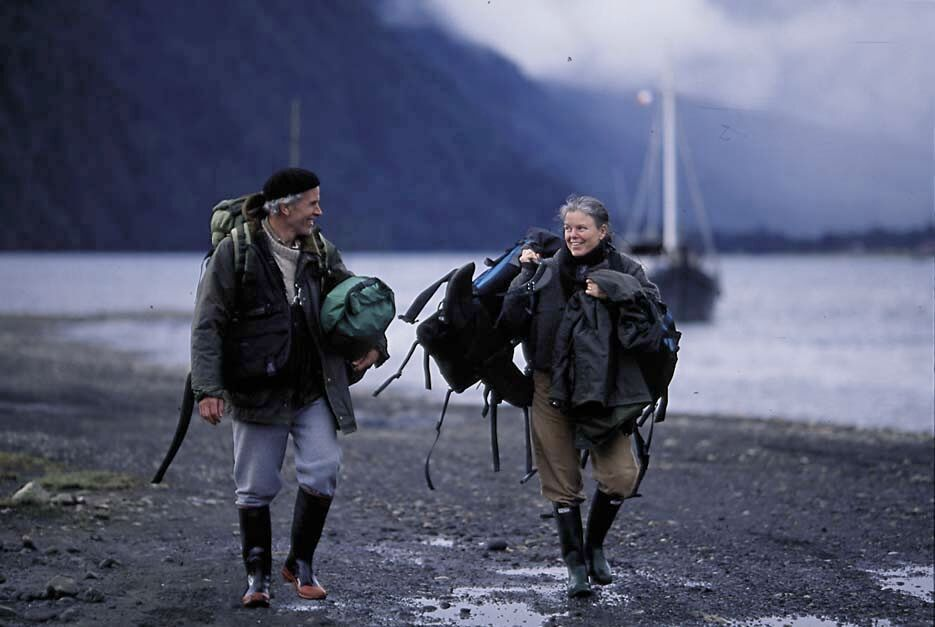
After college, Kristine returned to work for Chouinard full-time and helped him launch Patagonia, Inc. The year was 1973; she was only 23 years old.
During her 20 years as CEO, Kristine transformed the company into a respected giant among the outdoor industry. Along with Chouinard, she also led the growing sustainable business movement. From donating 10 percent of all profits to environmental organizations such as Earth First! to forming the One Percent for the Planet Club, Patagonia embodied Chouinard’s vision of the “anti-corporation.”
Their approach to business is perhaps best described in Chouinard’s own words: “At Patagonia, making a profit is not the goal because the Zen master would say ‘profits happen when you do everything else right.’”
In the early 1990s, Kristine retired from Patagonia and moved to South America to live with Doug Tompkins, founder of The North Face Inc. and Chouinard’s long-time friend and adventuring companion. At the time, Tompkins had recently formed the Foundation for Deep Ecology and purchased 42,000 acres of temperate rainforest in the Reñihue River Valley of Chile’s Lakes Region (the area is now known as Pumalín Park and encompasses over 700,000 acres).
The two soon married and over the next 25 years would become a formidable force in the global conservation movement, forming a number of non-profits — The Conservation Land Trust, Conservación Patagonica, and Tompkins Conservation, to name a few — dedicated to protecting land in Chile and Argentina.


Together, Doug and Kristine helped create six new national parks and protected over three million acres in Chile and Argentina, donating over $300 million in the process. Indeed, Outside Magazine recently commented that they’ve “protected more land than any other individuals in history.”
Unfortunately, tragedy struck the Tompkins’s in late 2015. Following a kayaking accident on Chile’s Lake General Carrera, Doug passed away from hypothermia.
“I think that this will be his legacy: that he saw beauty as an imperative, in all things,” Tompkins said of her late husband. “He was unfailing in this regard. So, it’s the quality in his work. It’s the level. It didn’t matter what it was – whether it was adventuring or anything else – he did it full bore, and always with the highest quality in mind. And I think he will be remembered for this.”
In the face of it all, Kristine forges ahead. Earlier this month, she met with Chilean President Michelle Bachelet to sign a pledge to set aside 11 million acres of national parklands. The agreement will create five new national parks – including Tompkins Conservation’s Pumalín Park and Patagonia Park – and dramatically expand three existing parks.
This expansive project is a major step toward Tompkins Conservations’ visionary “Route of Parks,” a network of 17 parks that, if brought to fruition, would span over 1,500 miles from Puerto Montt in Chile’s Lakes Region to Cape Horn in Tierra del Fuego.
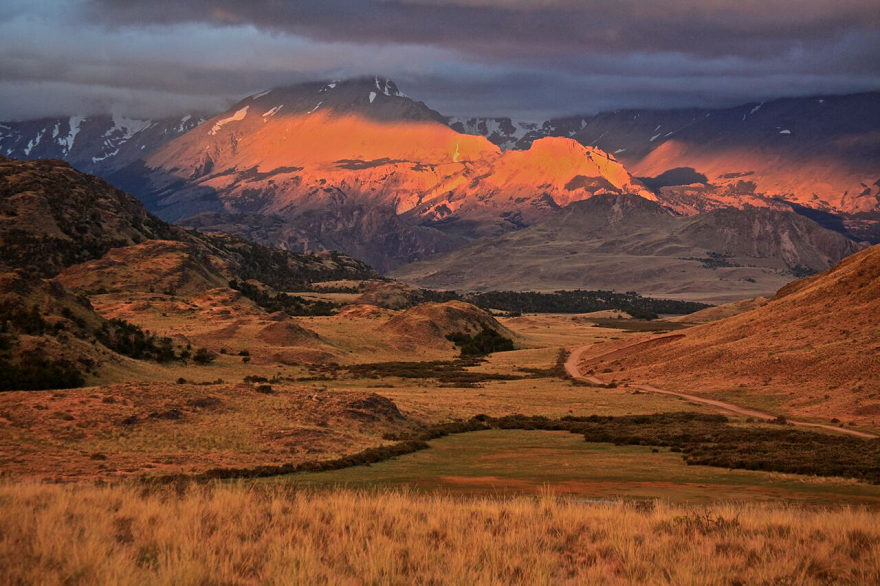
Their new book, Tompkins Conservation 25: A Quarter Century of Work to Save the Wild, is also now available and provides a visual journey through the extraordinary work Kristine and Doug have accomplished since first venturing south.
“People need to look in the mirror and make sure that they can say to themselves that they’re trying to protect those things that they love,” Tompkins said. “Many people don’t do that. I just think that we have a moral imperative now in the face of climate change – in the face of everything we know – to get out of bed and really put the hammer down and fight for those places you love. You can’t expect that someone else is going to do it. So I think there’s less of a choice now. When I was your age, people didn’t know what we know now. We just didn’t know, but now we do. So if you’re sitting on the sidelines today, you’re just making the problem worse.”
In the days leading up to her landmark meeting with Chilean President Michelle Bachelet, Mongabay spoke with Kristine about her journey, including life in the southern hemisphere and moving forward in the absence of Doug, as well as why she views conservation as essential rather than optional.
AN INTERVIEW WITH KRISTINE TOMPKINS
Matt Reed for Mongabay: Let’s start at the beginning. Where did you grow up, and what led to your passion for the outdoors?
Kristine Tompkins: I grew up in California on my great-grandfather’s ranch. I was a ski racer and always loved the outdoors. And then, of course, I worked for Yvon Chouinard for a long time. It was really through understanding Yvon’s vision – or really insight, I should say – into what was happening to the natural world that I got started with all of this. And then Doug and I got together, and that really sealed the deal.

Mongabay: After working with Yvon and eventually becoming CEO of Patagonia, you helped pioneer what it means to be a “sustainable” business that gives back to the environment. Was that always something you were striving for, or did that approach to business evolve over the years?
Kristine Tompkins: Well, that really came out of Yvon and his wife Malinda’s ethos. And yes, from the beginning that was a big part of the company. But that was really driven by Yvon more than any of us, at least in the beginning. I was only 21 when I started working with them full-time, and when we started Patagonia I was 23. So I was very young and very lucky to be working with those guys. Yvon had a very clear idea about the role of business. And he didn’t have much respect for big bankers, or you know, basically the whole system. So he really drove that company in such a way that it could be used for a variety of other things aside from just focusing on the bottom line. Which in those days was quite unusual.
Mongabay: It seems to have resonated with lots of people in a new way, in terms of a consumer-company relationship.
Kristine Tompkins: I hope so – at least that’s my view on it. And the company is doing really well. I think it proves the point that doing good is good for business. We’ve found that to be absolutely true.
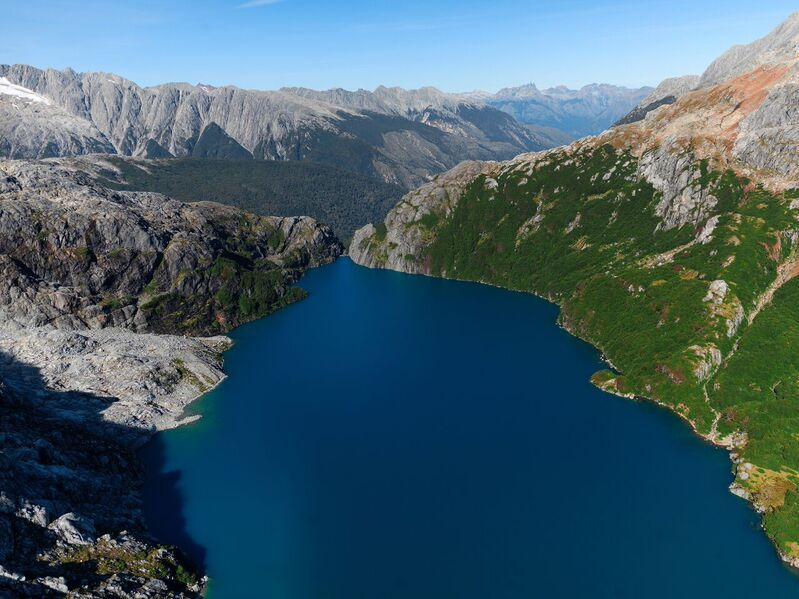
Mongabay: Let’s talk about your new book: Tompkins Conservation 25: A Quarter Century of Work to Save the Wild.
Kristine Tompkins: Yes! It’s a really beautiful book.
Mongabay: The photos are incredible from what I’ve seen so far. And I think one of the most striking things for me was the map showing all of your projects in Chile and Argentina. Given all that you’ve already accomplished, do you feel that this provides momentum for new projects moving forward?
Kristine Tompkins: We hope so. I don’t have any intention of doing anything else until the day I kick the bucket.
Mongabay: I was deeply saddened to hear about Doug’s accident back in 2015. He was certainly a legend in the outdoor community, but he’s also been called the “John Muir of Patagonia.” What do you feel is his most important legacy?
Kristine Tompkins: I think that he will and should be remembered as someone that always worked at an extremely high level, from the time he was very young up until the day he died – whether it was creating the North Face, working with his former wife to create Espirit, working on his art and quilt collections, kayaking, climbing, and finally, spending the last 25 years of his life as a conservationist.
I think that this will be his legacy: that he saw beauty as an imperative, in all things. He was unfailing in this regard. So, it’s the quality in his work. It’s the level. It didn’t matter what it was – whether it was adventuring or anything else – he did it full bore, and always with the highest quality in mind. And I think he will be remembered for this. The constancy of purpose in him was unfailing.

Mongabay: And I think that’s obvious for people who are in any way familiar with his work. Fascinating guy.
Kristine Tompkins: Yes. He’s still fascinating even though he’s gone.
Mongabay: How did your experience in the business world shape your approach toward conservation and working in the environmental field?
Kristine Tompkins: Well, certainly just understanding the mechanics of running a big series of projects. The financial side, all of those things, makes a big difference. And I think that we are known for being very results-driven. And some of that may come out of a business life. I would say that my “schooling” working for Yvon was a huge factor, of course. All of our business experience, and really all of our lives – I think that we all carry this with us with whatever you take up. Whether it’s new or repetitive, whatever it is, it results from the sum total of what you’ve learned thus far. So I definitely think that our business life has had a significant impact on our conservation life. And again, I worked for Yvon and Malinda for 25 years, and then Doug and I were together for 25 years. I was very lucky to have these two extraordinary characters so principal in my life.
Mongabay: And I gather there are several new conservation projects in the works, including five new national parks? Could you speak briefly about how these efforts are coming along?
Kristine Tompkins: We just donated land in September to create Iberá National Park in Argentina. So that’s the most recent update. And now we’re working on a big donation project with the Chilean government, which would involve donating two of our largest and most developed parks – Pumalín and Patagonia. We’re also working very closely with the government to create three more national parks, some of which are already national reserves in the country – it’s a bit complicated. But yes, we hope to make that happen.
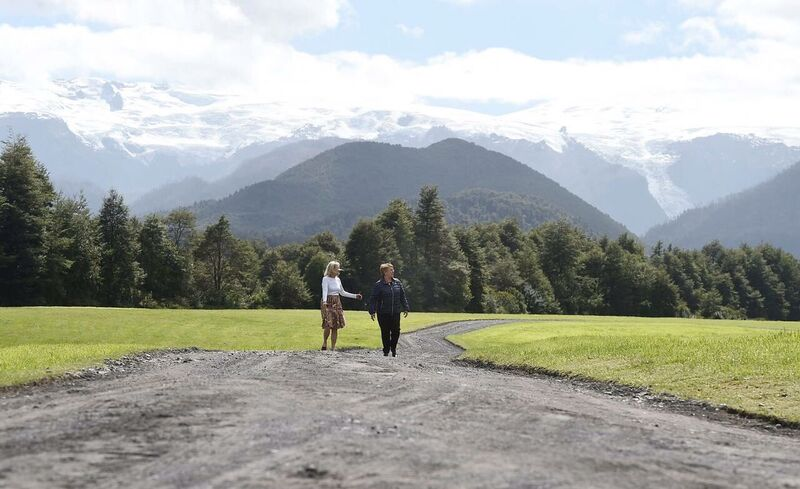
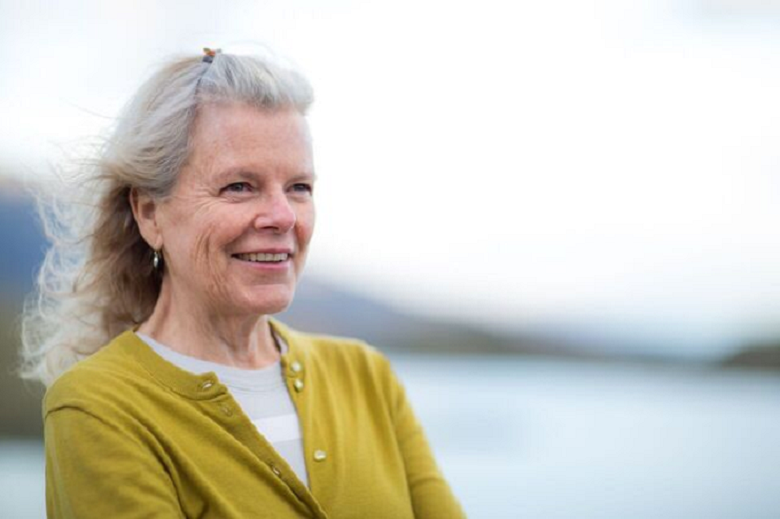
Mongabay: And Pumalín and Patagonia parks are already open to the public, correct?
Kristine Tompkins: Oh yes. We believe strongly in public access to our parks.
Mongabay: I remember reading about a few wildlife studies in the new Patagonia National Park over the last few years, specifically on the relationship between huemel deer and puma. I also recently heard about the reintroduction of jaguars, anteaters, and peccaries to the new Iberá National Park. Could you comment on any notable research being done in some of these areas?
Kristine Tompkins: Well, for example with the huemel deer, we’re trying to understand what the biggest threats are. We know that the population is declining, but why? Oftentimes we assume we know why something is happening in nature, but the fact is we have no real idea. And so, in Patagonia Park, we have a long-running study on the huemel population within the park. What’s happening to them? What’s happening to individuals as they disperse? What are the threats? The early threats are obvious. Loss of habitat, livestock grazing, which brings dogs, and so on. The heumel deer happens to be quite tame; you could basically cut it with a knife if you got close enough. And then, to understand the huemels, you also need to study the pumas, which in that park [are] protected. So those are monitoring projects. We’re studying the system to see if there are management practices that you can develop in terms of livestock grazing, and so on, to decrease this conflict between predators and ranchers. So that’s one side of our work.

Another aspect, which we’ve been committed to for the last 12 years, is the reintroduction of species that have been extirpated. And that’s where Iberá comes in. We’ve probably done more reintroduction work there than has been done anywhere else in the Americas. We’re taking species that were previously known to that region, but have disappeared in the last hundred years or so, and bringing them back. So far we’ve successfully reintroduced giant anteaters, peccaries, and are now working on tapirs, pampas deer, green-shouldered macaws, and a number of other species including the jaguar. We now have a jaguar-breeding center, whose offspring will be released back into the wild. That’s a very long-term project. So yes, we believe that restoration is not just bringing the forest back and regenerating the grasslands, but also making sure that the extirpated species are back as well.
Mongabay: Have you encountered any local resistance to these efforts, especially when working with apex predators like the jaguar.
Kristine Tompkins: Well, we certainly ran into some local opposition when we purchased what became the core of Patagonia Park and stopped the persecution of the pumas. We became known amongst locals as the “people with the puma factory.” But I grew up in a ranching family, and I understand this stuff. There is this inherent conflict around the world between people raising livestock and large predators. But oddly enough in Corrientes – where we have been working with jaguars, and where you’d really expect to see terrible opposition – we’ve been met with welcoming arms, because that culture tends to see itself as part of the jaguar. It represents their self-image. The other species don’t represent a challenge socially or culturally, but the jaguar has been a real surprise. They’ve really adopted this species as something that represents their heart and soul. It’s pretty amazing.
Mongabay: You mentioned having some difficulty when you were initially purchasing the land in some of those areas. I’m curious what some of the biggest challenges were in the early days?
Kristine Tompkins: Well, Pumalín, where I am today, is the first project we started on. And all hell broke loose during the first few years because this was a very unusual event. We were called the people who cut Chile in half, and accused of trying to start a new Jewish state, even though we were raised Anglican. All kinds of crazy things – they said we would take away all the cows and reintroduce North American bison. At the time, I didn’t really understand the human cry. But then I started reading about the history of the creation of the U.S. National Parks, and we realized that this happens everywhere. It doesn’t matter whether you’re in Tanzania or the U.S., there’s this inherent conflict between conservation and development. And this was the first of its kind here in Chile, so I’ve really come to see that the experience we had in the first few years here at Pumalín was in fact quite normal. It made complete sense. We now have an incredible relationship with the Chilean government and are very proud of that. New ideas or efforts always face public scrutiny, and I understand that very deeply now, but I didn’t at the time.
Mongabay: Is there any indication of how these areas will be affected by climate change? Or are you already witnessing impacts to certain places?
Kristine Tompkins: Well, first of all I’m not a glaciologist or a climate scientist. But from everything we see – these are simply visual observations, not measurements – the glaciers here in Chile seem to be quite impacted. I think they say that as you get up into the higher latitudes going in either direction from the equator you begin to see more rapid change in terms of climate. And we are certainly witnessing the retreat of glaciers quite prominently here. The rest of it, I don’t know. My personal prediction is pretty gloomy. I’m not an optimist for the short term.
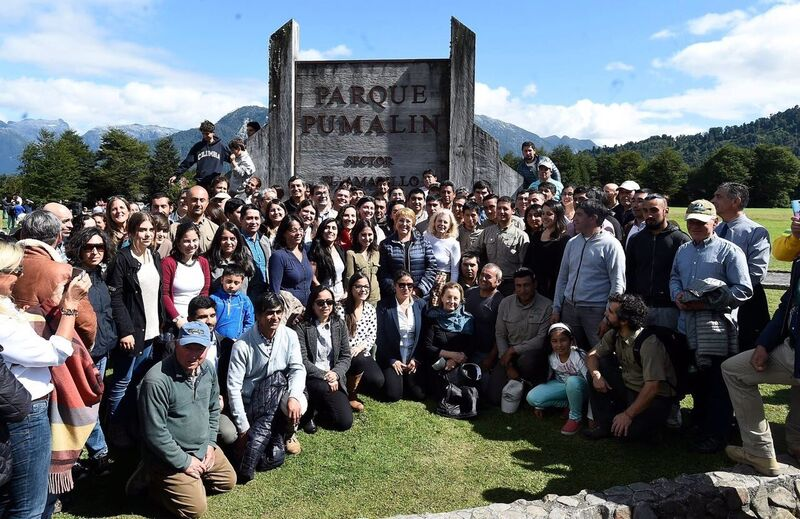
Mongabay: It’s hard to be, especially when working in this field and you’re constantly immersed in reading about these trends. It’s hard to have an optimistic outlook.
Kristine Tompkins: It’s a disaster…It’s horrifying. One of my personal interests is studying the collapse of civilizations. And something that Jared Diamond talks about, for example, is that one of the commonalities between collapses and civilizations is that common sense is often trumped by culture. And it’s happening. I mean you see it here, now. We see what’s happening, but are frozen to do anything about it. And that’s culture.
So I’m not too optimistic about things in the short term. But in the next century, I’m more optimistic, because we will have gone through whatever this is trending toward. And whoever pokes out on the other side has to understand with more clarity how human life depends on nature – to re-learn that.
Mongabay: Many of our leading conservationists like E.O. Wilson are calling for drastic measures – in Wilson’s case, the Half-Earth approach toward conservation – to help protect the natural world from climate change impacts. Do you think we’re doing enough, quickly enough?
Kristine Tompkins: No! Not even close. We have a rising human population base along with a rising consumption base, and at the same time we have a declining natural resource base. So no, not at all.
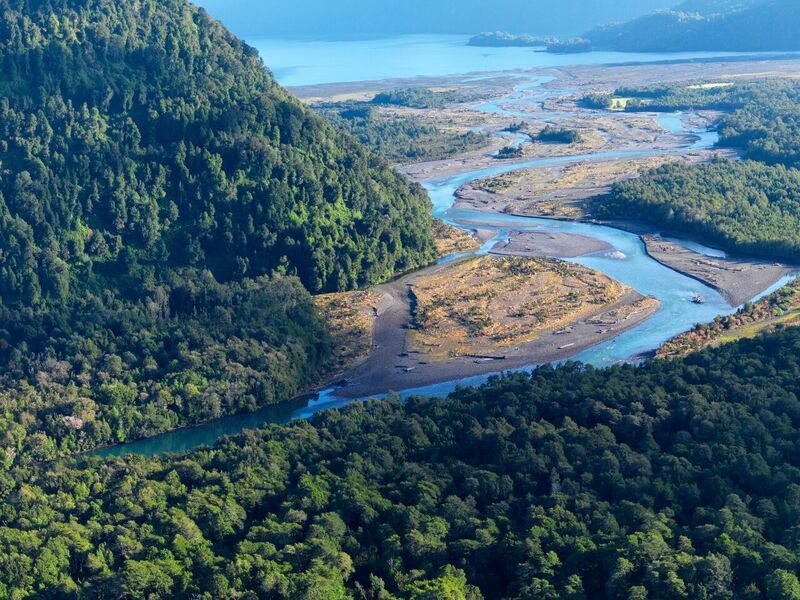
Mongabay: From a conservation perspective, what are your priorities in terms of completing your future projects? Is there an increased sense of urgency to protect certain areas compared to others, or is the process more dependent on collaboration with local governments?
Kristine Tompkins: Well, we have our list of projects and they go across the board from conservation, restoration and rewilding, to agriculture and activism. So we move ahead on all fronts, regardless of external circumstances. We have programs in place and we’re pretty consistent about sticking with them. And of course we’re always working with local governments. You can’t separate the work that we do everyday from our relationships with local governments. They’re almost always tied together. Good relationships with any government are paramount.
Mongabay: Moving forward, what do you see as being some of the biggest challenges or threats to completing these future parks and other conservation initiatives?
Kristine Tompkins: Well I think as always, you’re running against the clock. And of course the waves of politics – politics at a local, regional and national level. You’re always running against the clock in terms of almost everything. Look at the United States right now; everyone’s running against the clock trying to protect Bears Ears, for example, or Staircase-Escalante, and even the Endangered Species Act, for that matter. It’s no different here.
Mongabay: I’m curious if you have any words of wisdom for young people trying to enter this field, or simply get involved, but maybe don’t know where to start.
Kristine Tompkins: Well, I think the first thing that they have to decide is that they will get involved. I think that’s a big problem; that people tend to sit back and watch. Now of course with Trump, that’s changing a lot, because people are waking up to see that you really have to get out of bed every day and throw yourself into whatever it is that you’re trying to protect or defend. People need to look in the mirror and make sure that they can say to themselves that they’re trying to protect those things that they love. Many people don’t do that. I just think that we have a moral imperative now in the face of climate change – in the face of everything we know – to get out of bed and really put the hammer down and fight for those places you love. You can’t expect that someone else is going to do it. So I think there’s less of a choice now. When I was your age, people didn’t know what we know now. We just didn’t know, but now we do. So if you’re sitting on the sidelines today, you’re just making the problem worse. And people have to look at themselves and ask whether that’s the side of the fence they want to be on.
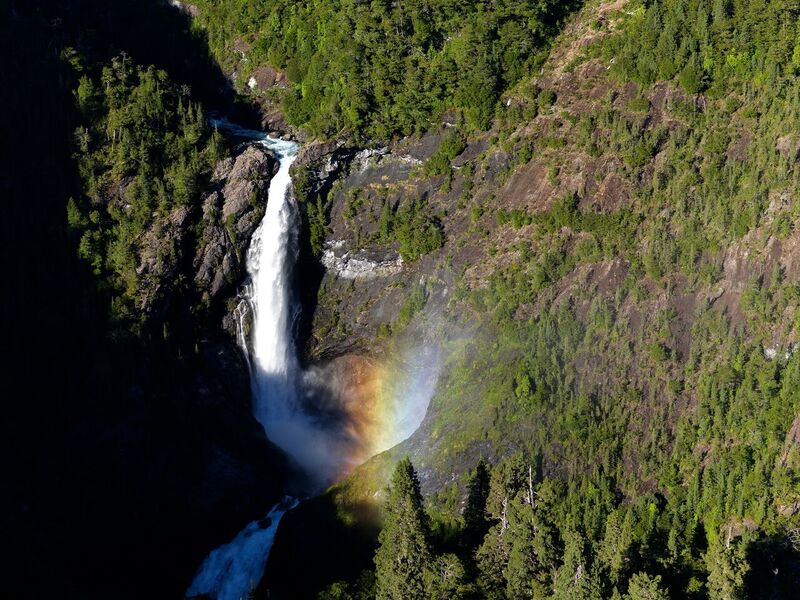
Mongabay: Looking through the new book, it’s remarkable to see the work you’ve accomplished; the vast areas you’ve helped protect as well as the foundations you’ve launched— from the Foundation for Deep Ecology all the way up to Fundación Pumalín and Conservación Patagonica. What drives you to keep doing it?
Kristine Tompkins: We grew up in U.S. National Parks— – climbing, hiking, you name it. And I think from a very young age – even though I wouldn’t have been able to articulate it so well back then – I understood majesty; I understood what a masterpiece looked like. I could go to MoMA in New York, and I understood that, but I also understood the true gloriousness of nature. And I see that it’s being beaten to a pulp, and I believe it’s a moral imperative that all creatures on this planet have an intrinsic value. And once you believe that, you want to work for human societies that are dignified and healthy. And you want to work toward all creatures having lives that can evolve naturally and realize their individual lives, just as we humans do. So that’s what drives me. It is right and true that all sentient beings have intrinsic value – all their own – and we have a moral responsibility to live accordingly. I love Teddy Roosevelt Jr. and the people that created those first national parks. And again, I don’t credit them for my whole life, but Yvon and Doug were great guys to create standards with. And Yvon is still an extraordinary person. We have been fortunate over the years to be around thinkers and doers who have really had an impact on our thinking. I’m just very fortunate. It’s unfortunate that Doug left too early, but in every other way, I’m a very fortunate person.
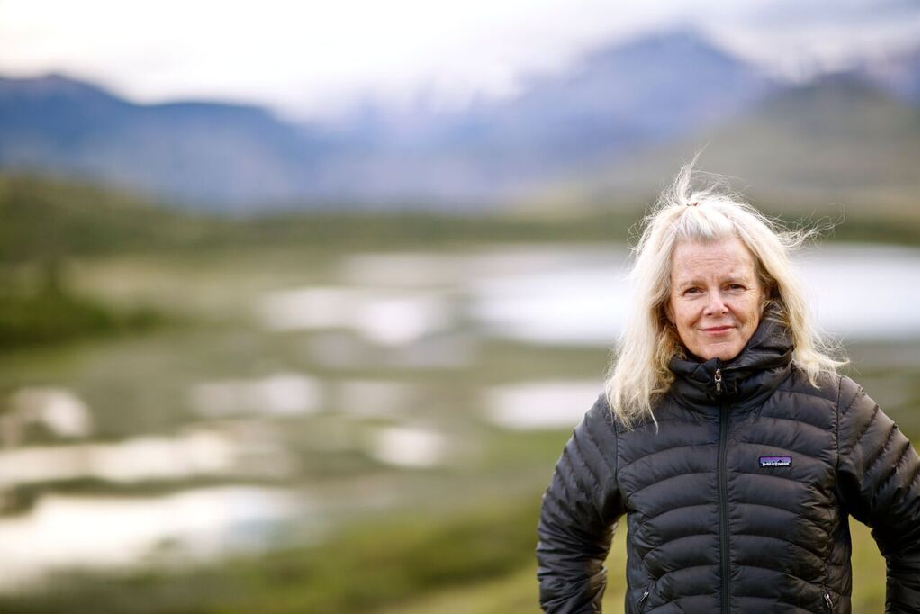
We have incredible teams, that’s another thing we always stress. It’s not just “Kristine and Doug.” We have unbelievable people, many of whom have been with us since the beginning. Ever since we came down here, we’ve been hopping around from one project to another.
But the people that are on the ground everyday, they’re the ones who carve out the parks and the nature of the rewilding process.
I consider them the real heroes.
Links:
Tompkins Conservation: http://www.tompkinsconservation.org/
The Conservation Land Trust: http://www.theconservationlandtrust.org/
Conservacion Patagonica: http://www.conservacionpatagonica.org/
Foundation for Deep Ecology: http://www.deepecology.org/
Pumalín Park: http://www.parquepumalin.cl/en/